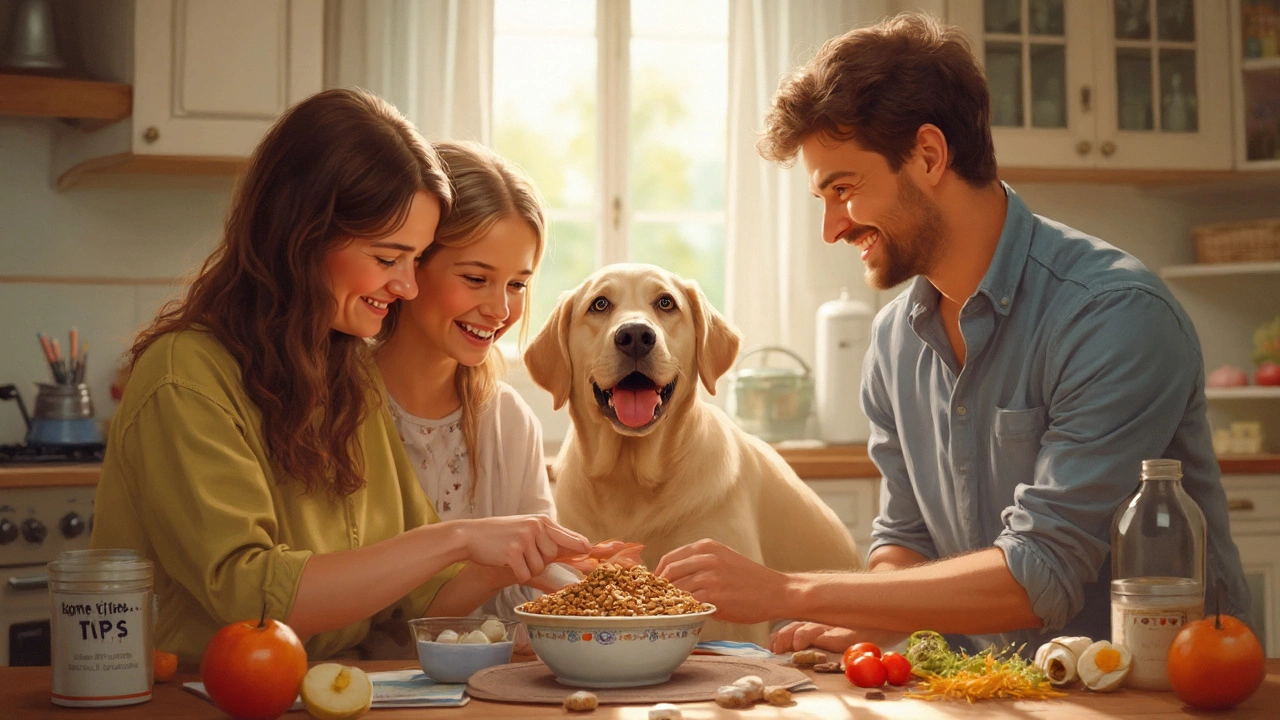Dog Feeding Schedule: How to Keep Your Pup Healthy Every Day
Getting the right feeding routine for your dog doesn’t have to be a mystery. A solid schedule helps with digestion, weight control, and behavior. Below you’ll find easy steps to plan meals, choose portions, and tweak the plan as your dog grows.
Pick the Right Meal Times
Most adult dogs do well with two meals a day – one in the morning and one in the evening. Puppies need three to four smaller meals because they burn energy fast and have tiny stomachs. Choose times that fit your daily routine; consistency is more important than the exact hour.
Example: Serve breakfast at 7 am and dinner at 6 pm. If you work late, shift the evening meal to 8 pm – just keep the gap similar. Dogs thrive on predictability, so try not to skip a meal unless you’re hunting for a treat.
How Much to Feed
Start with the feeding guidelines on your dog food bag. Those numbers are based on weight and activity level. Adjust up or down by about 5‑10% if your dog gains or loses weight. A handy trick is to weigh the kibble with a kitchen scale; it removes guesswork.
Active dogs, like those that run or work, need more calories. Senior dogs often require fewer calories but more fiber. If you’re unsure, ask your vet for a personalized daily calorie target and split it between meals.
Don’t forget to factor in treats. Treats should be less than 10% of total calories. Use low‑calorie options like carrot sticks or commercial training treats sized for your dog’s weight.
When you add fresh foods – boiled chicken, sweet potato, green beans – count them toward the daily calorie goal. Mixing homemade bits with kibble can make meals more interesting, but keep the overall calorie count steady.
Keep water fresh all day. Even if you feed wet food, a bowl of clean water should never be empty. Hydration supports digestion and keeps kidneys happy.
Watch your dog’s body condition. You should feel the ribs easily but not see them. A thin waist and a visible belly line mean you might need to cut back; a rounded look suggests a bit more food.
Finally, be flexible. Illness, heat, or extra exercise can change a dog’s appetite. If your pup skips a meal, don’t force it. Offer a smaller portion later and monitor for any sign of trouble.
Stick to these basics – regular times, proper portions, and hydration – and your dog will have the energy and health you expect. Happy feeding!

Is Feeding Dogs Once a Day Safe? What Science and Vets Say
Is feeding your dog once a day really safe? Explore vet-backed facts, daily feeding tips, and hear what the latest research says about dog nutrition needs.
View more